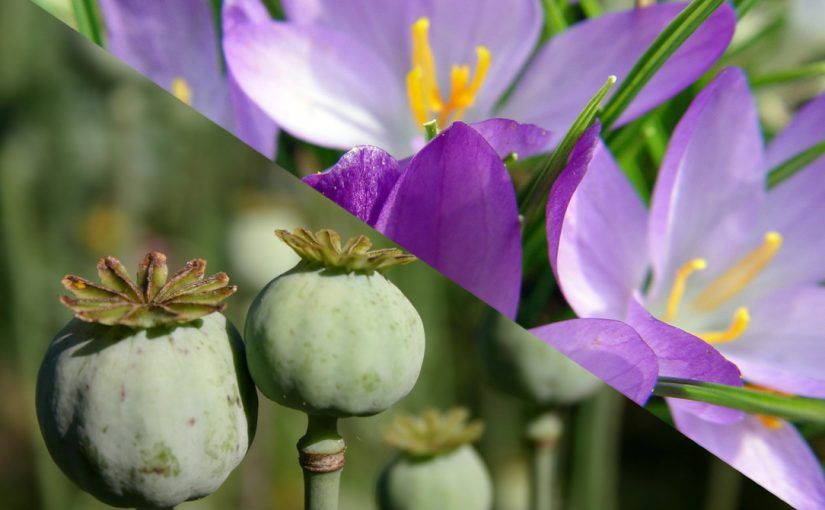Abdul bin Mohammed was beaming when we entered his humble home. While times had been good for this one-time poppy grower, the decision by the Central Intelligence Agency (CIA) to drop the annual quota of brown resin was music to his ears.
“It was very lucrative at one time,” he said through an interpreter, “but there were also many costs. American soldiers would often walk through my fields and threaten to set them on fire if I didn’t supply them with money and raw opium. Prices were going up and down without reason. Then there was the problem of oversupply.”
Oversupply? What does he mean?
“The years up to 2001 were very good. I would often get six hundred to seven hundred US dollars per kilogram of opium. With this money, I was able to get two more wives. Then, everybody got the same idea,” he waves a callused brown hand around the interior of his mudbrick house, “ and prices crashed.”
What Abdul means, is that with the United States invasion of Afghanistan in 2001 and their usurpation of the previous, zero-tolerance Taliban government, the peak prices for raw opium of US$700 per kilogram fell sharply to around US$400 , before recently plummeting to almost half that amount in 2008. They have remained depressed ever since.

And now? What has changed?
Abdul beams and rocks back and forth on his tightly-woven straw mat. “The CIA has shown mercy. I hear that the synthetic opiods are doing just as good a job without the large military transport and transcontinental fuel costs. Oxycodone, fentanyl. These are the drugs of tomorrow. Opium’s day has passed.”
But I was still perplexed. “But if cheaper opioids are flooding into America, doesn’t that affect you? How is that good news for you?”
He laughs, clearly amused. “Saffron,” he proudly declares. “My wives can now work picking pretty purple flowers in the fields. The baskets they bring in are sent to the sorting tables where my daughters earn wages picking the,” he makes plucking movements with a deep frown on his grizzled face, “the—“
“Stigma?” I supply.
“Yes! That! The stigmas. My daughters collect the stigmas and I collect their wages.”
But I’m not convinced. “Is saffron a lucrative business for you, considering you were previously an opium grower?”
He nods enthusiastically. “Yes, yes. The CIA has even organized training in the production, processing and packaging of it.”
“The CIA?” I admit I’m skeptical. “I thought it was the Afghan government that was helping this new business?”
He laughs. “Government, CIA, same thing. I believe, since the invasion, we follow the United States model of government.”
Abdul bin Mohammed is once again a happy businessman. With his wife and daughters gainfully employed, and the 2019 price of saffron set to range anywhere from US$1,100 to US11,000 per kilogram, depending on the quality, it looks like Afghan farmers can finally look on the bright side of America’s opioid epidemic.
* This news article is satire, although it is based on a real move in Afghanistan from growing opium to growing and harvesting saffron.
- If you liked this article, please consider the Paypal tipjar in the site’s sidebar. I’ll be trying to hit big issues in ways that may not be obvious once a month, and every cent helps. Thank you.
